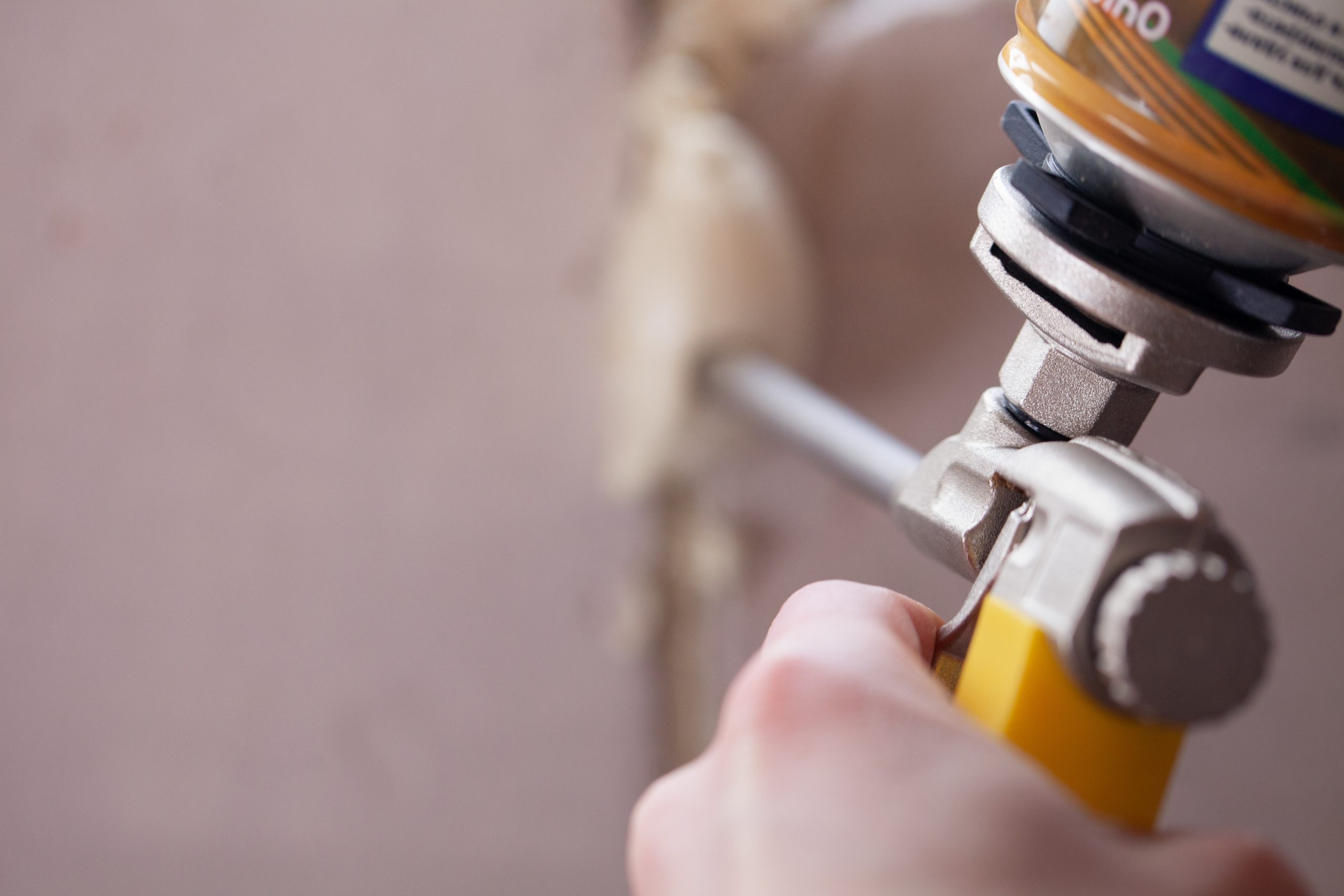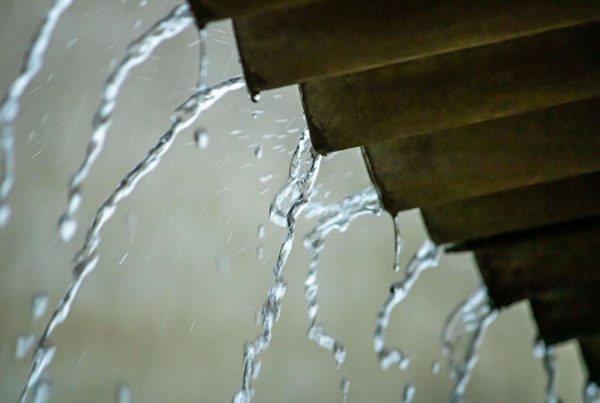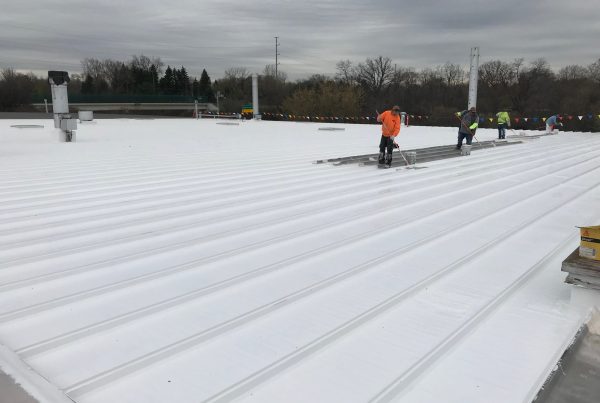
Spray Foam Roofing is Infinitely Renewable—Think 50 Years! Here’s How
When it comes to extending the life of your spray foam roofing, one word says it all—maintenance.
Spray foam roofing systems bring many exceptional properties to commercial buildings—durability, dependability, energy efficiency, thermal resistance, and waterproofing among them. With smart management, spray foam roofs can last indefinitely. A 30-year life span is common and some remain in service for as long as 50 years. But achieving that kind of longevity requires work on your part, because set-it-and-forget-it performance is the one thing you cannot expect a foam roof to do.
The formula for keeping your spray polyurethane foam (SPF) roof in peak operating condition can be summarized in three easy-to-remember words—inspect, recoat, repair. Let’s look at each of these so you know what to do and why doing it is so important.
Inspections Let Your Know What’s Happening Overhead
Regularly planned and scheduled inspections are at the center of your spray foam roofing maintenance program. Establishing an ongoing relationship with a qualified contractor is a good idea. That way you’re working with someone who has intimate knowledge of your roofing system. Such familiarity allows them quickly spot changes when something is amiss.
Plan on getting your roof inspected twice annually. Ideal timing is in late fall to prepare for the upcoming winter and in mid-spring to identify any damage that may have occurred. You also want to bring in your partner after any severe weather event (heavy rain storm, large hail, high wind, tornado, blizzard) to make sure everything is okay. Speaking of blizzards, think through your removal plan in advance so you’re ready to clear off snow weight and melt quickly. Just be sure to keep tools with sharp edges away from your roof.
As part of your regular inspections, remove dirt, debris, leaves, moss, tree branches, weeds, wildlife, and any other foreign objects that may have landed atop your building. If trees overhang the structure, get them trimmed back to prevent limbs from scrapping the foam or breaking and falling down. Make sure water is draining properly by checking gutters, scuppers, and downspouts and making sure they’re clear.
Your inspection plan should also include checking around penetrations for HVAC, chimneys, pipes, vents, curbs, skylights, supports, and other equipment installed on the roof. Although foam conforms around such irregularities upon installation, you want to make sure the seals are sound and all cracks and crevasses remain closed.
Keeping records with dates of all inspections, findings, and outcomes is important to tracking the condition of your roof. Photos are a good idea. Conditions change as your roof ages, with deterioration inevitable over time. Regular inspections let you know when and what to do.

Recoating Rebuilds Protection from UV Rays
One of the most important steps in every inspection is measuring the condition of the elastomeric coating covering the foam. Since UV light is the biggest single enemy of spray foam roofing systems, the foam must be protected from the sun. That’s exactly what the elastomeric coating is all about. The coating allows the roof to provide the energy efficiency, insulation, and waterproofing that make SPF such an ideal commercial choice. Without it, the foam takes on water and damage to your building results.
A roof is protected from the sun’s harmful UV rays when the elastomeric coating is at least 15 dry mills thick. But the sun’s UV intensity is relentless, and over time, the coating thins. Once that layer reaches 10 mils, the time to recoat has come. Generally, that’s about a decade after the original SPF installation. Your roofing partner can gauge condition and provide sound advice.
Recoating should only be done by a qualified contractor. The first step in the process is making a thorough inspection of the roof to make sure there are no leaks or areas of wet foam. Any such issues must be addressed before recoating takes place. Of great importance is using the same coating material (usually silicone, acrylic, urethane, or butyl rubber) as initially applied. Depending on climate, location, and other ambient conditions, two layers may be needed to deliver optimum protection. Your original coating may have been reflective to increase R-rating and UV shielding; if so, your recoating should be the same.
The real beauty of SPF systems is that once a new coating has been applied, the roof’s warranty can be extended. A typical warranty is 20 years, which means recoating yields many more years of worry-free protection. That’s major return on investment, which is what SPF roofing is all about.
Repairs Are Easy When Handled Quickly
With many powerful forces constantly impacting your roof, holes, blisters, cracks, punctures, and other intrusions are bound to occur. That’s an important purpose of your regular inspections—finding such things promptly while they’re still easy to fix. Trust your contractor to do it properly; don’t try to make repairs yourself.
After cleaning the affected area, your partner removes the defective coating and foam with a knife or similar tool. Then, using a compatible caulking material, they fill the resulting holes. To complete the repair, an area of acrylic or silicone top coating is applied. That’s all there is to it and the best reason for moving fast: Damage doesn’t fix itself; it grows.
Take Care of Your Roof and It Will Take Care of You
Some experts say that SPF roofs last basically forever. While that may be something of an exaggeration. It is true that with routine care and proper maintenance there are no real threats that cause foam to deteriorate. And no known limits to how many times you can recoat a roof. As long as you’re diligent about protecting your foam from the sun, the life span of your foam roof is indefinite. Extending the life of your SPF system is as simple as paying attention and taking action at appropriate times.


